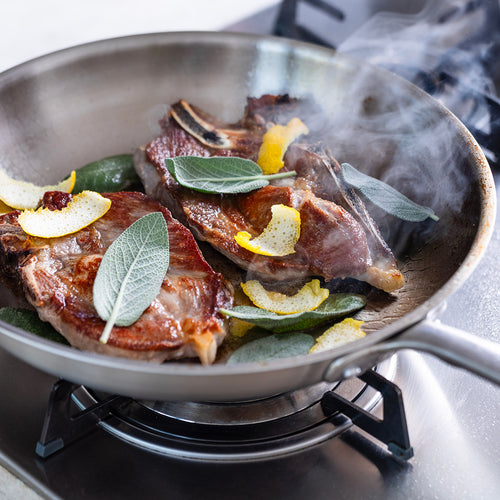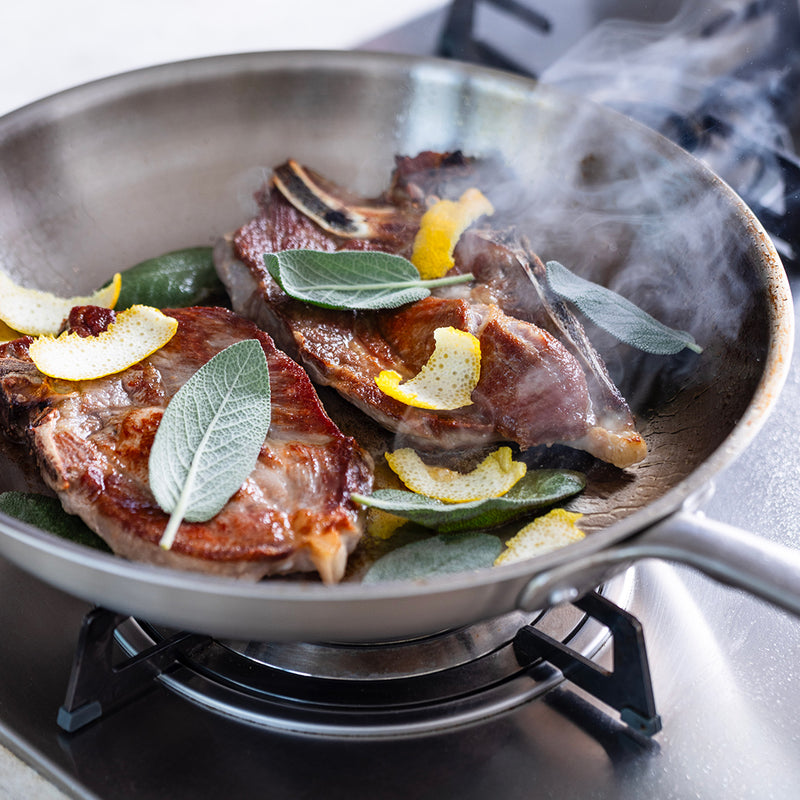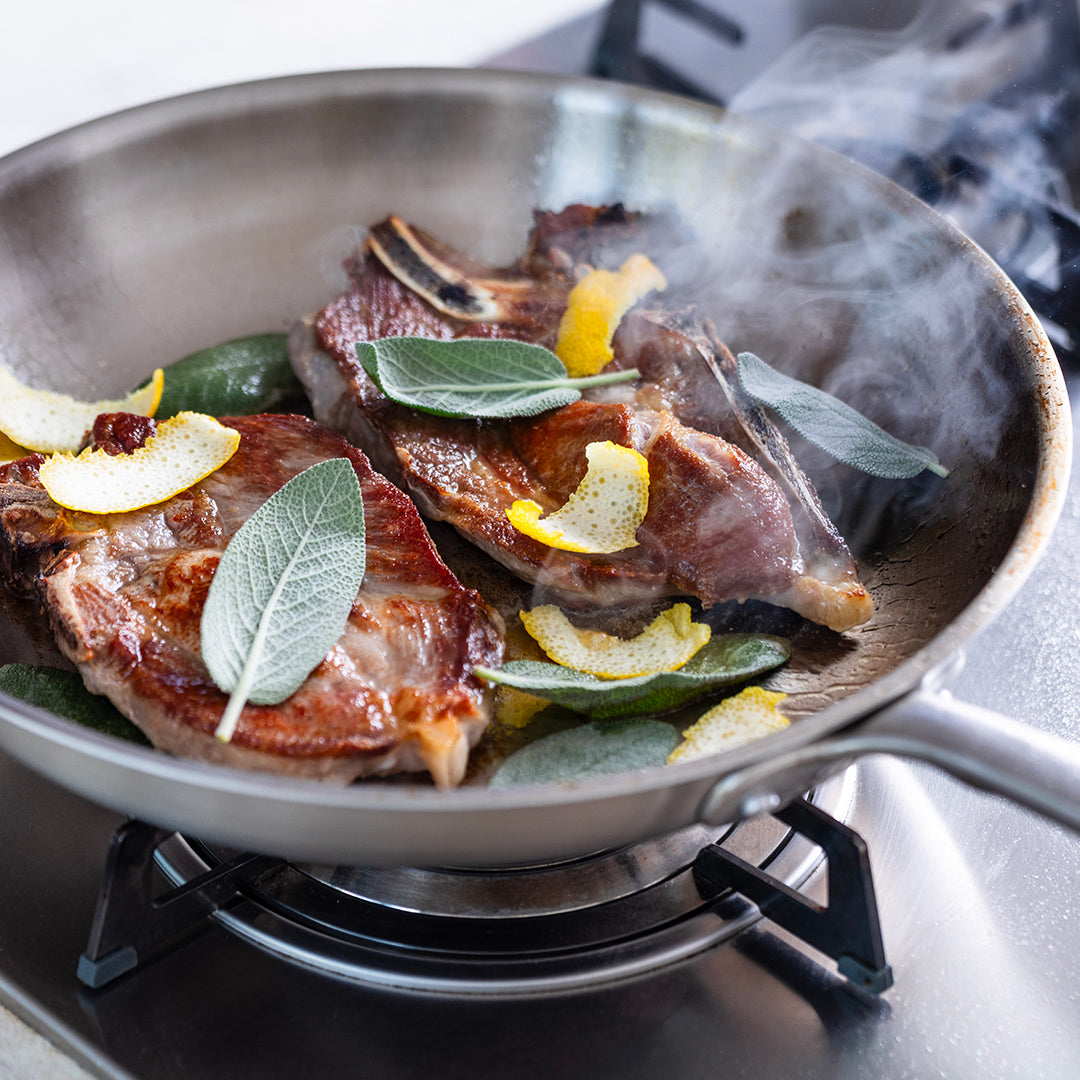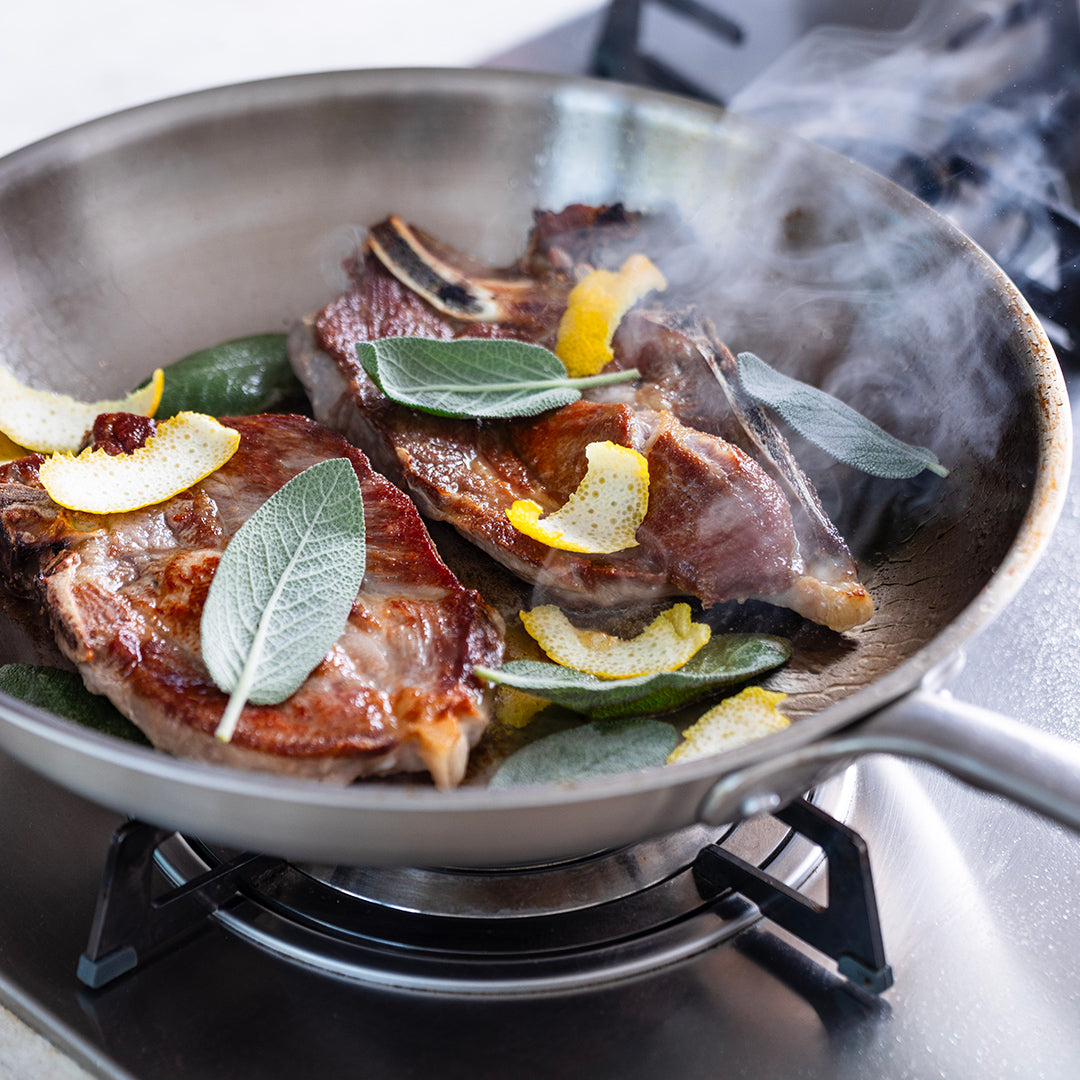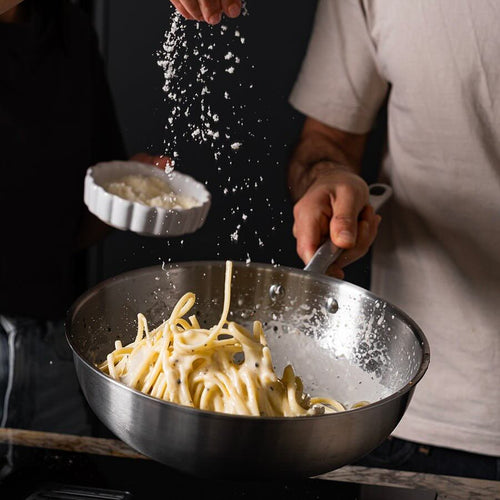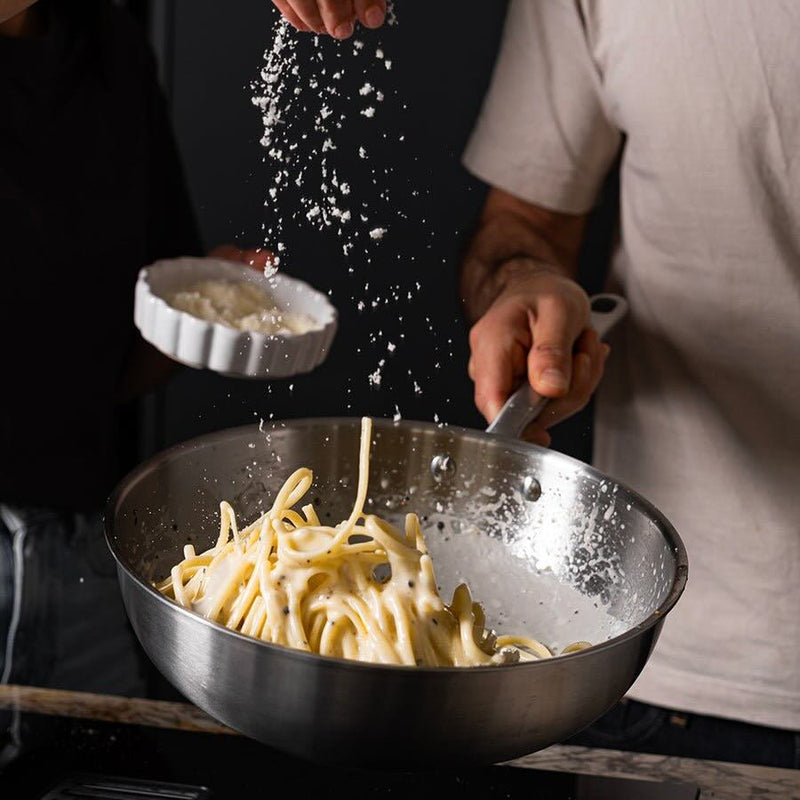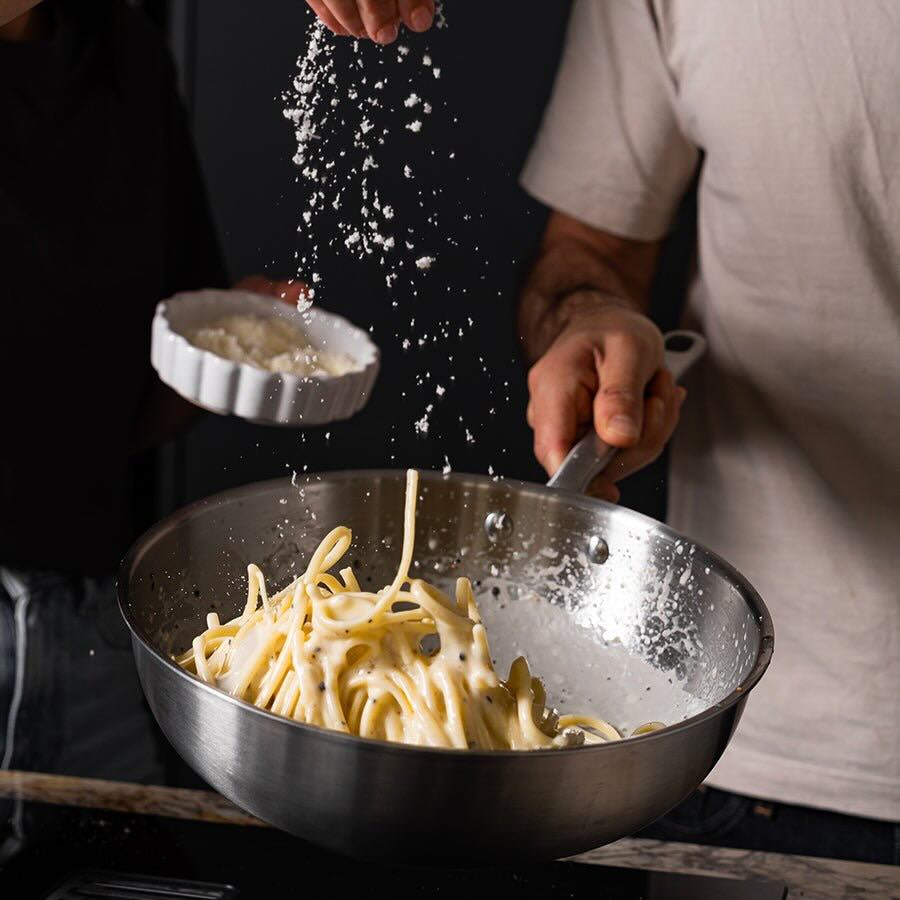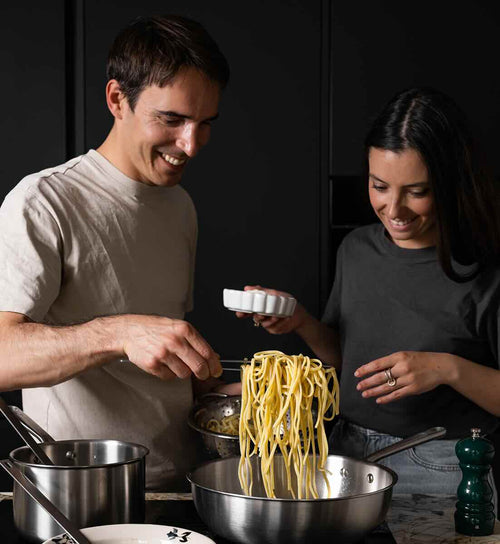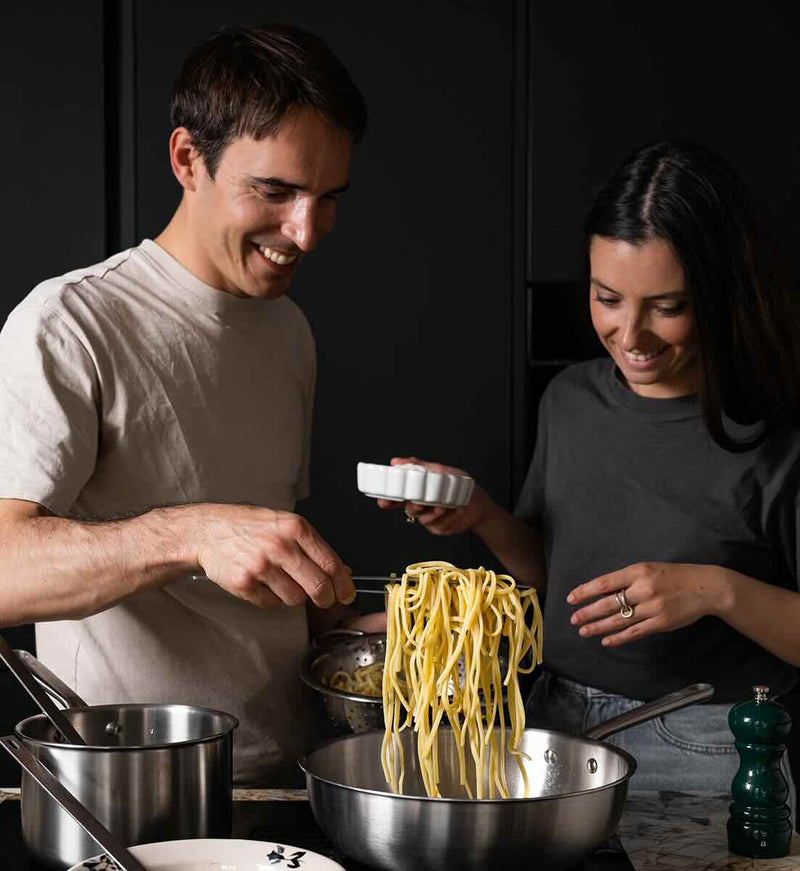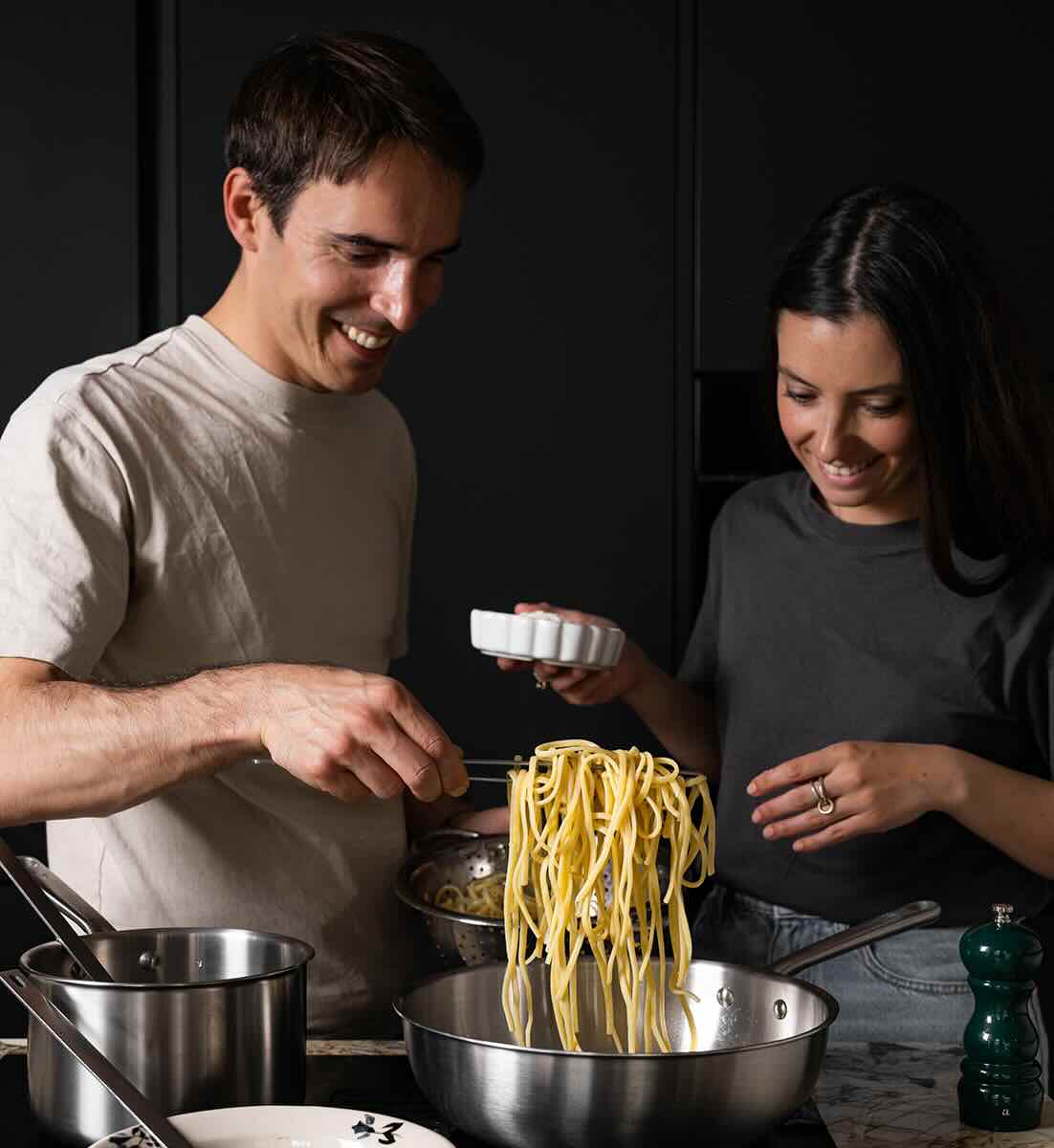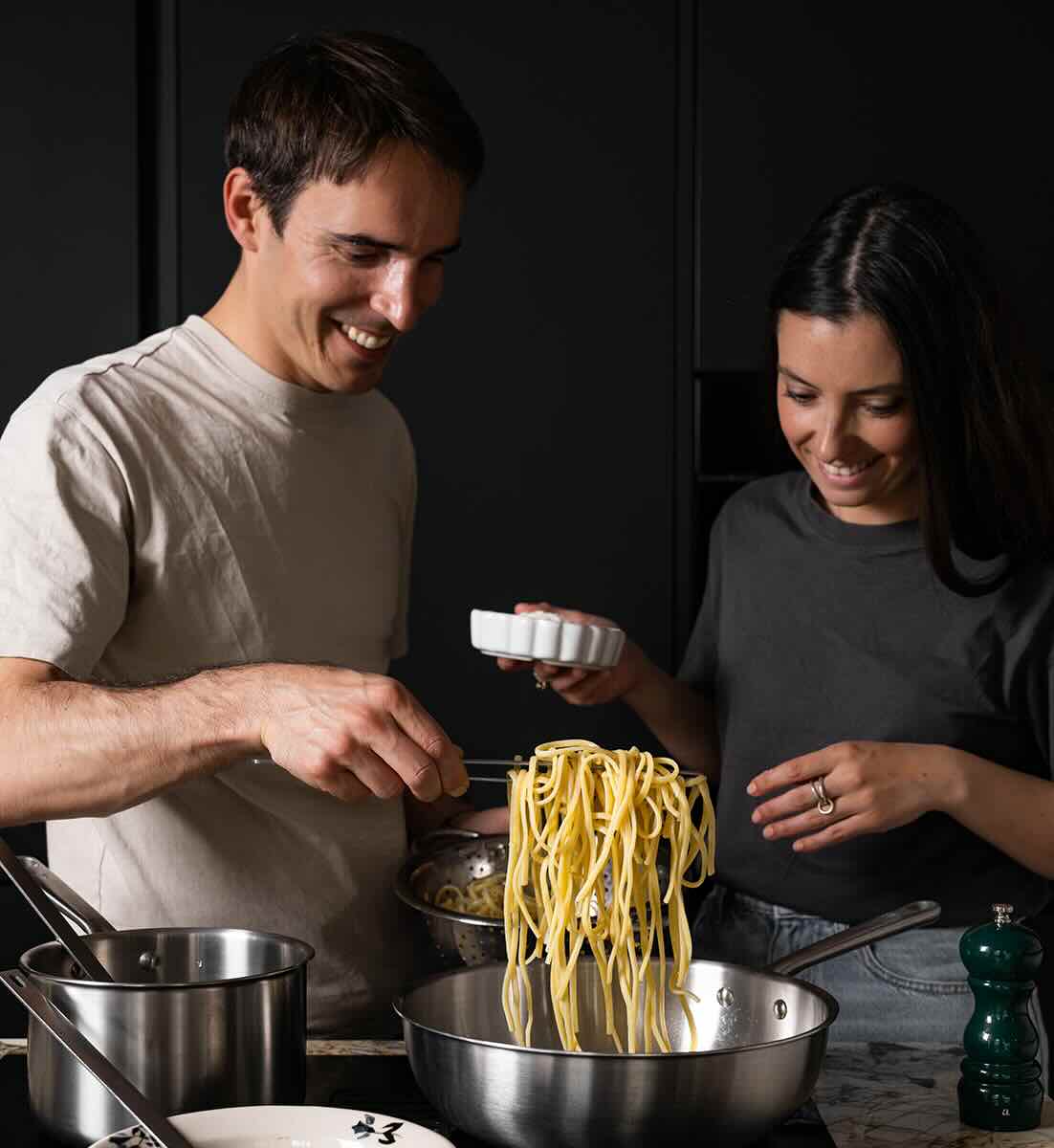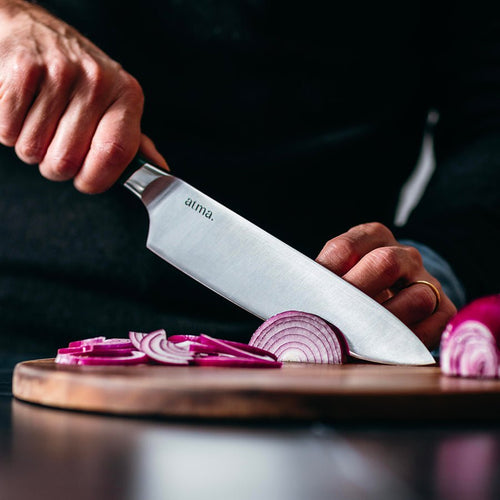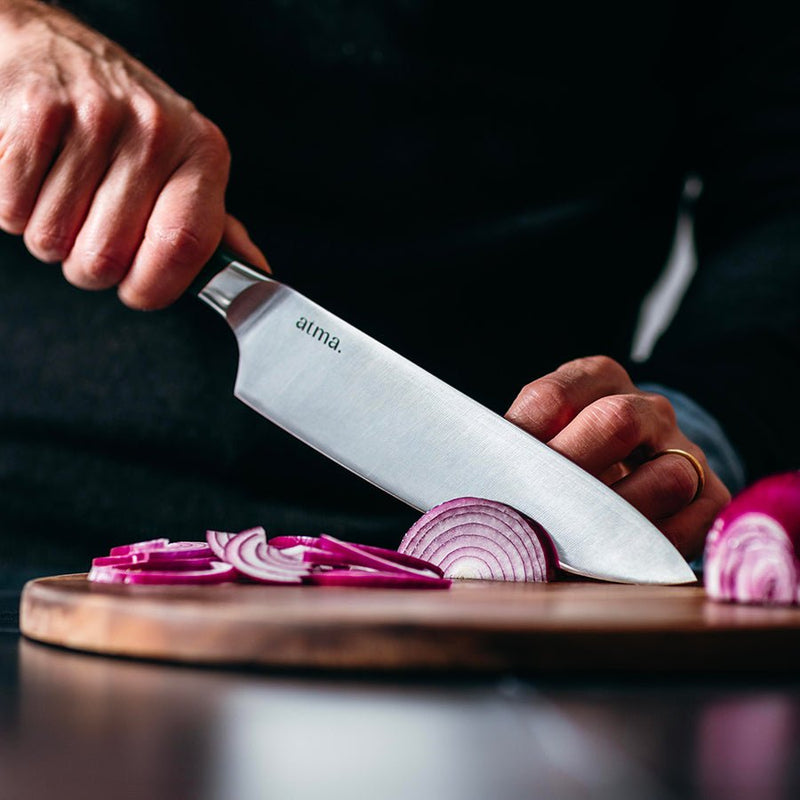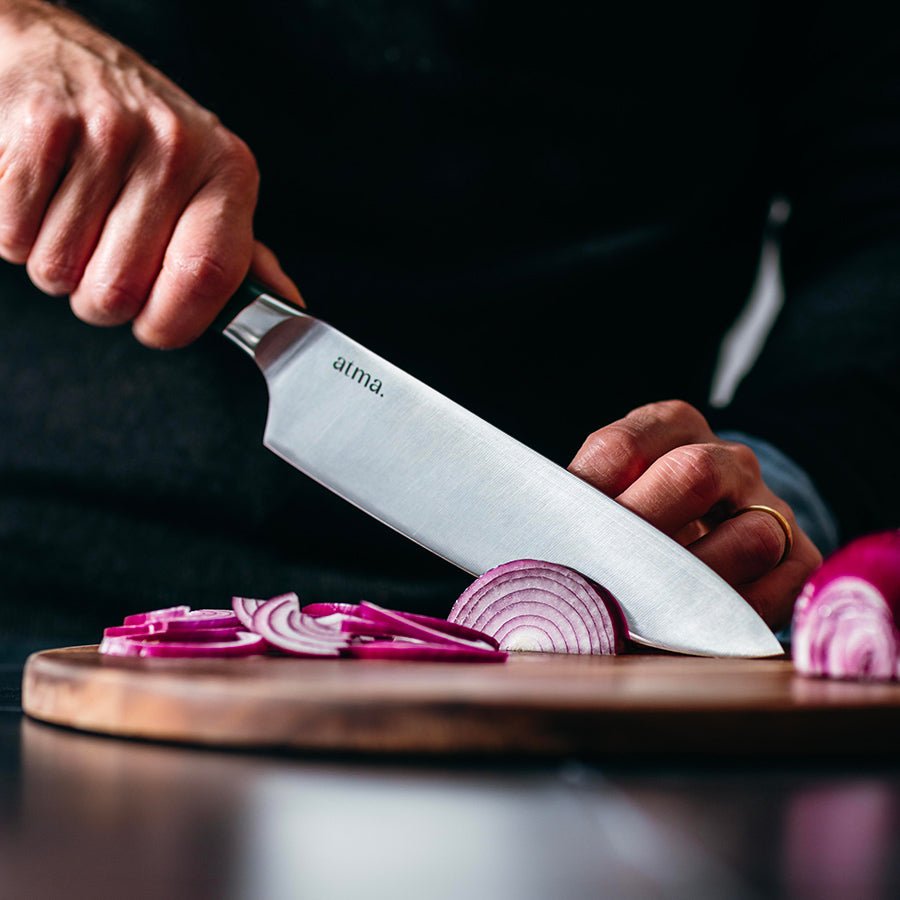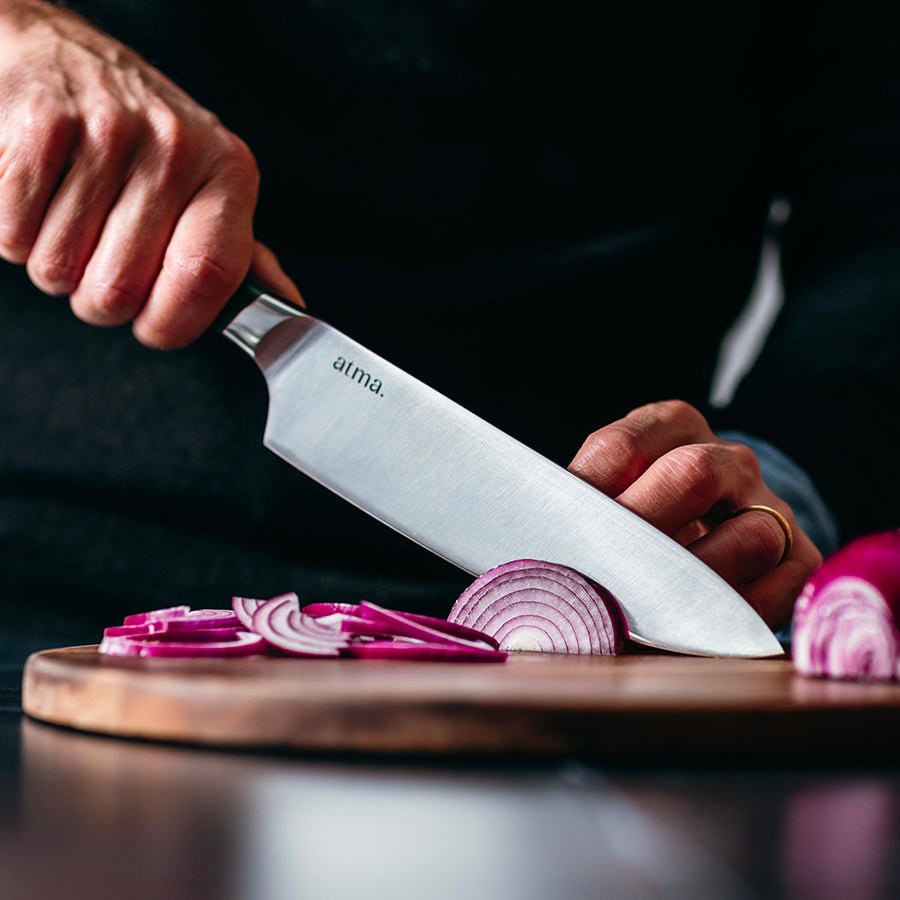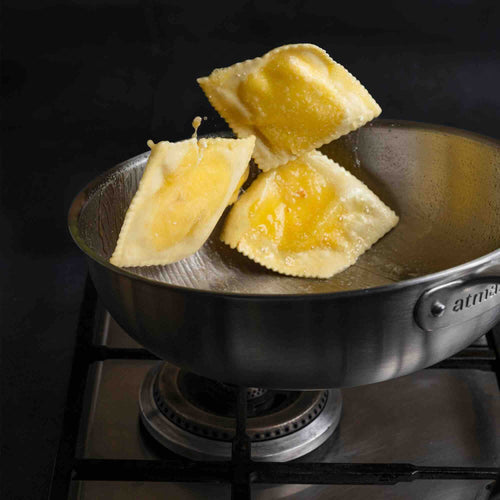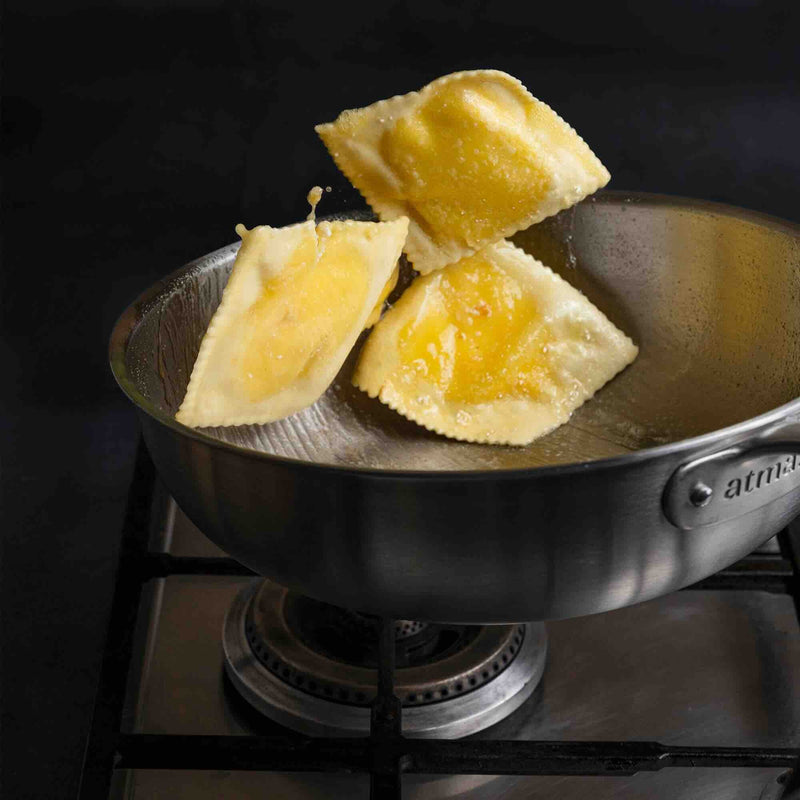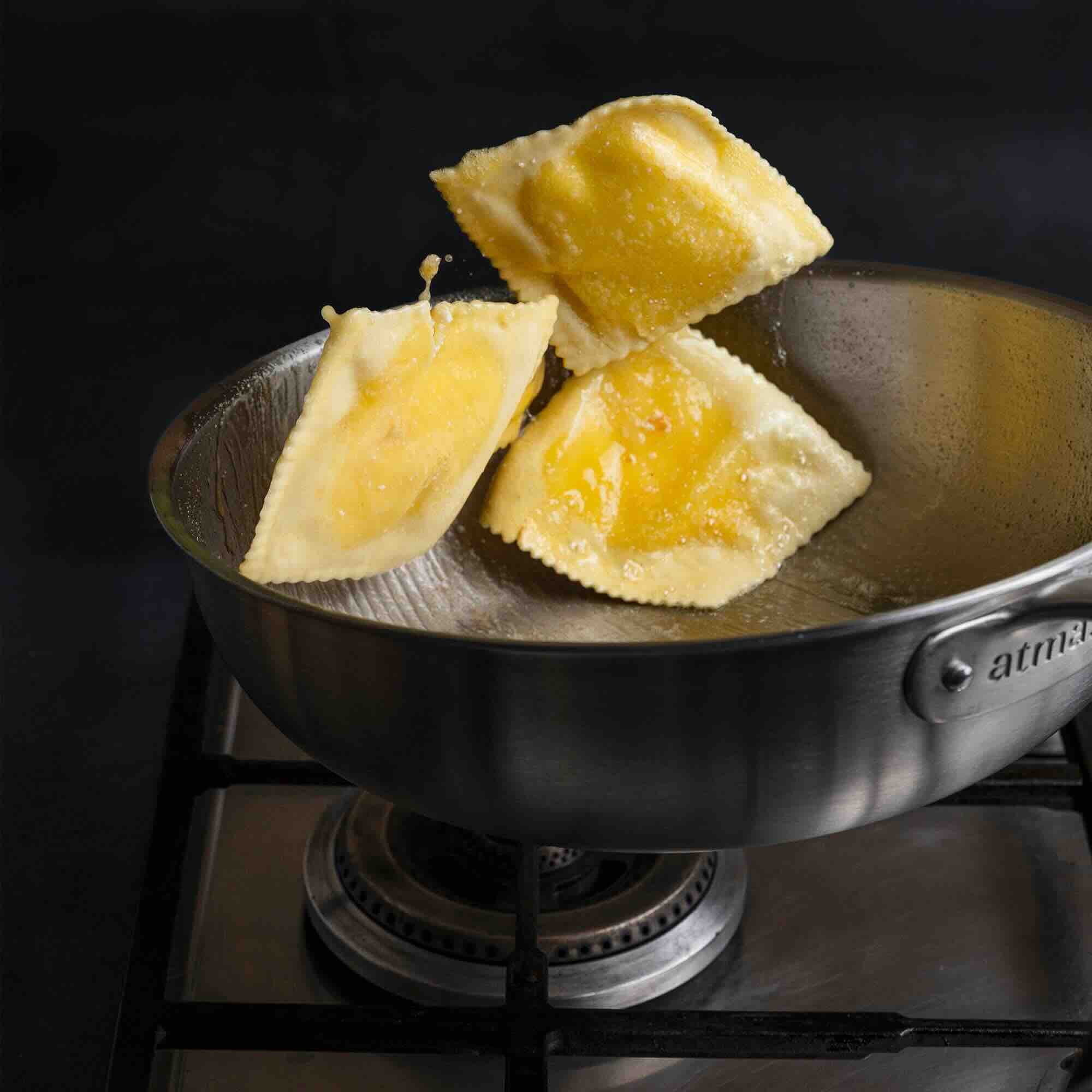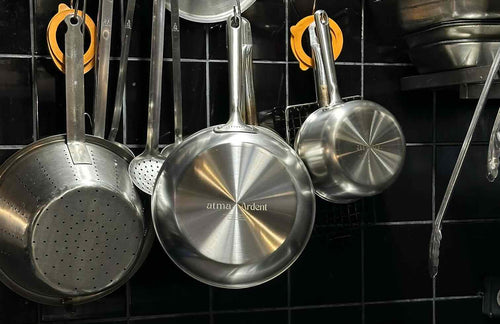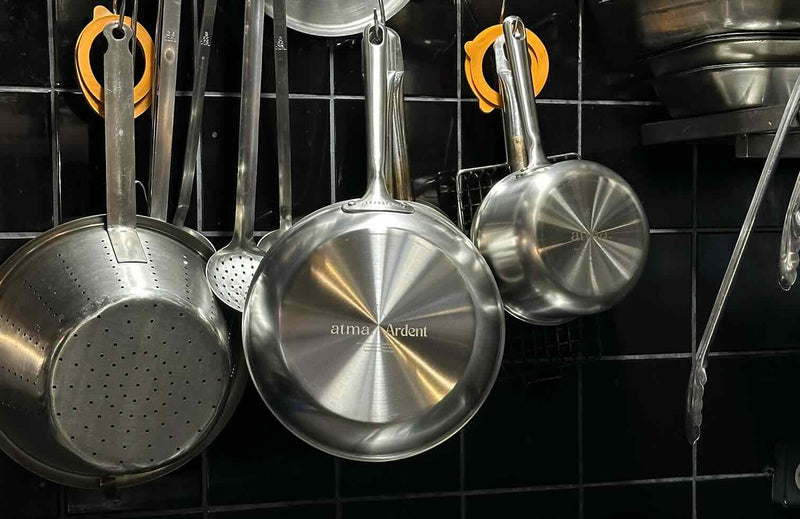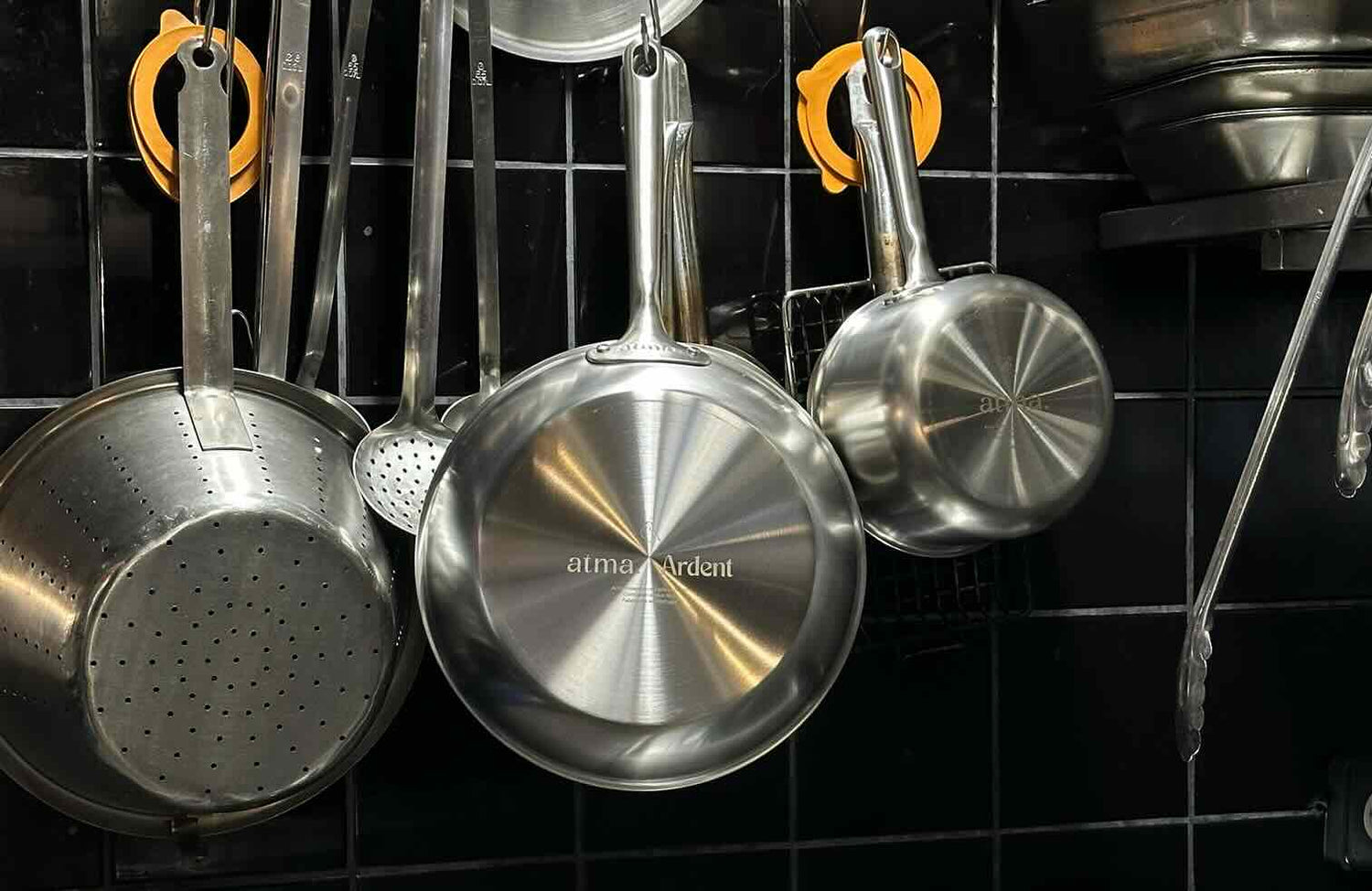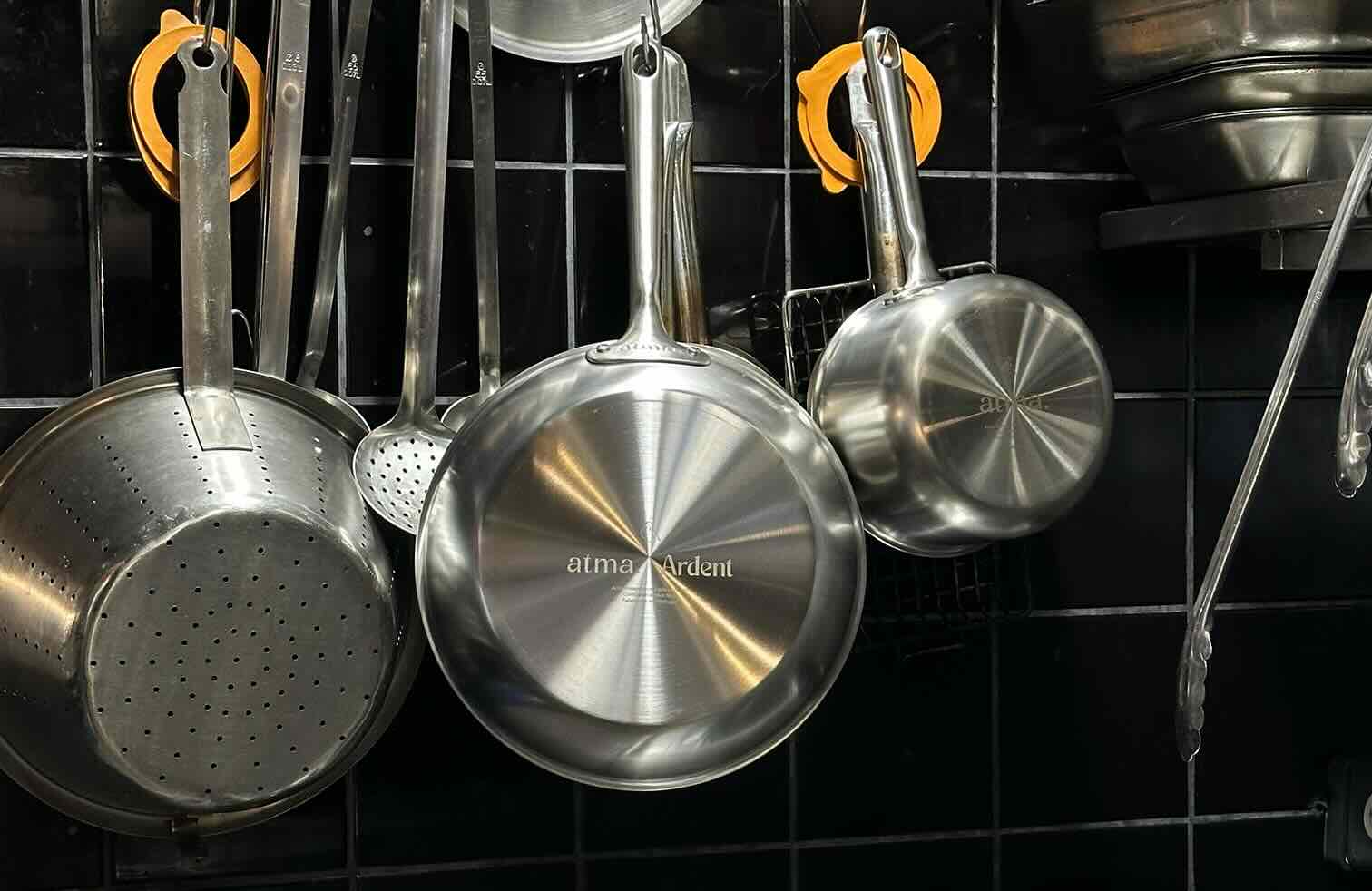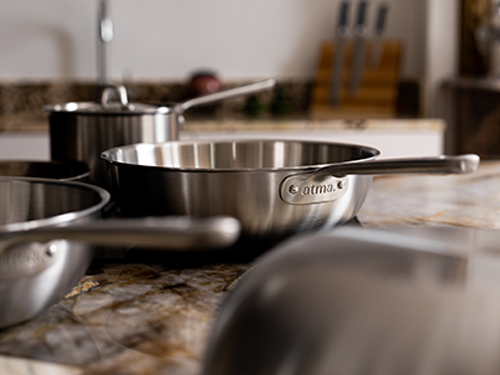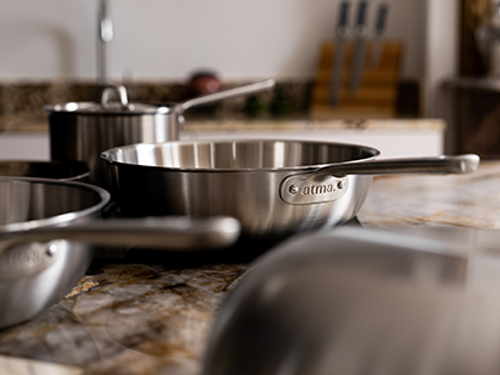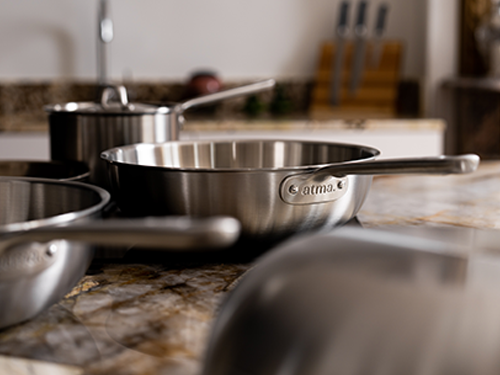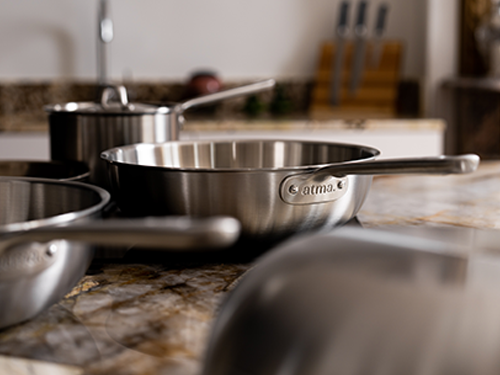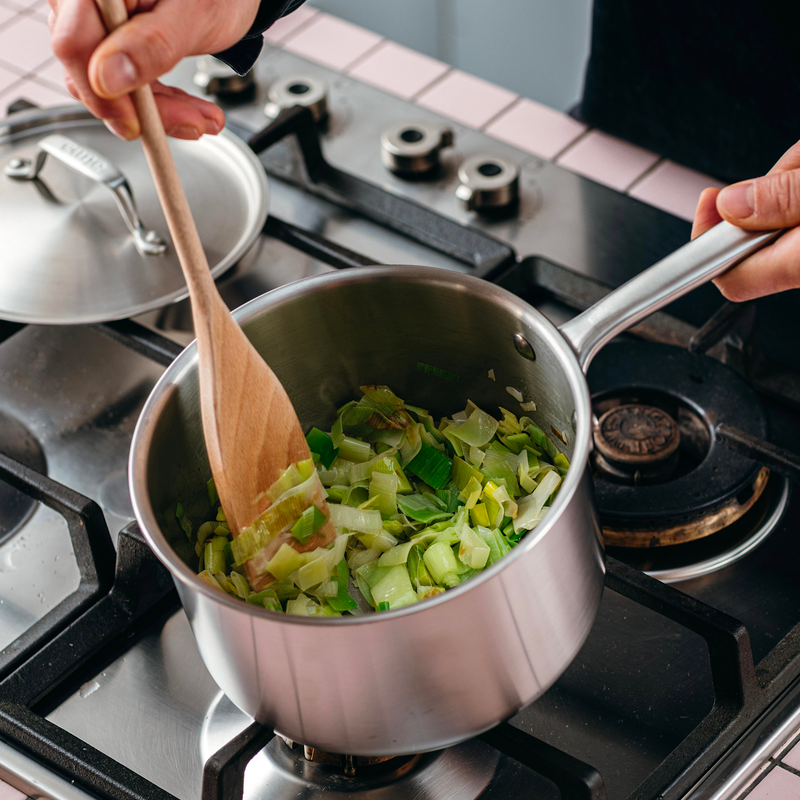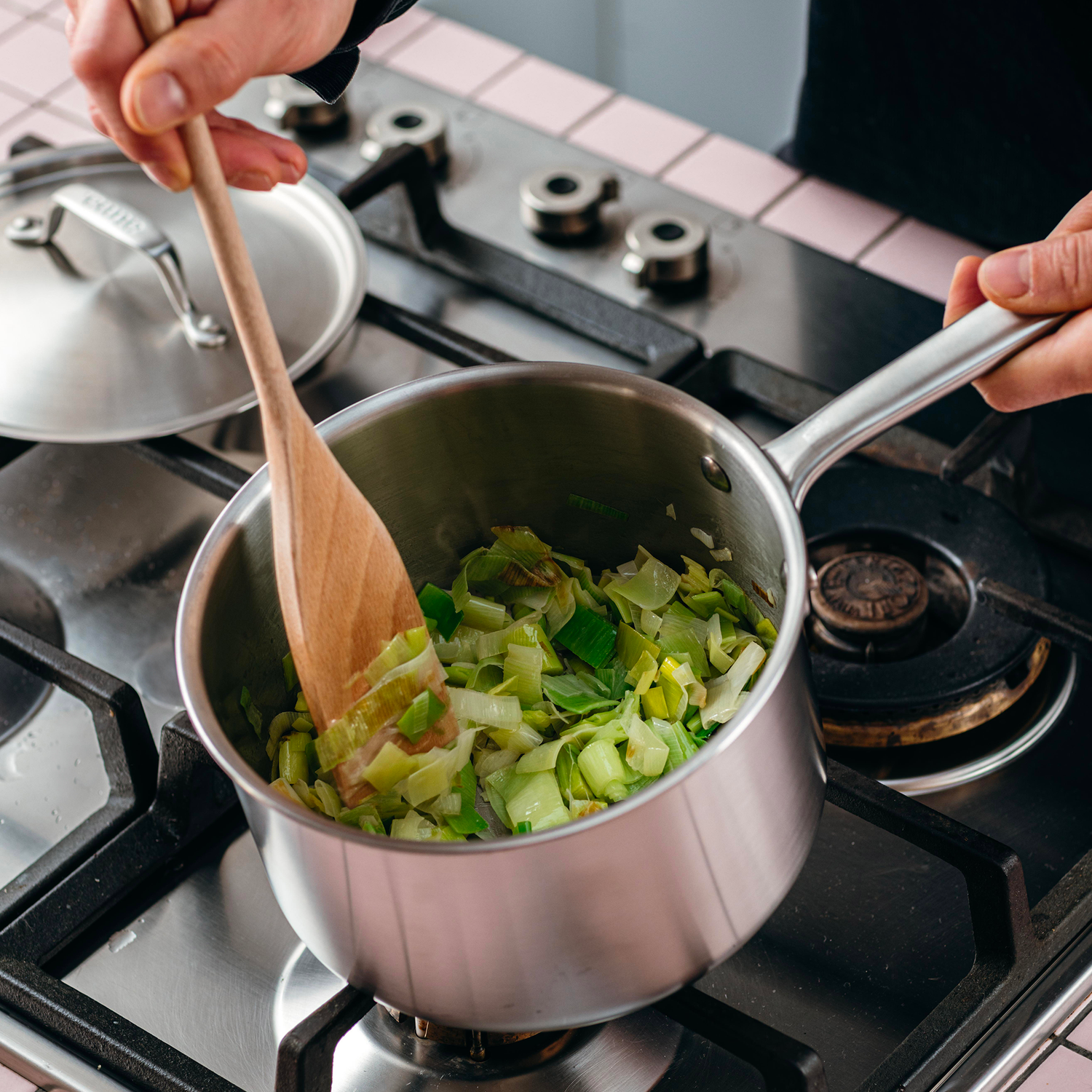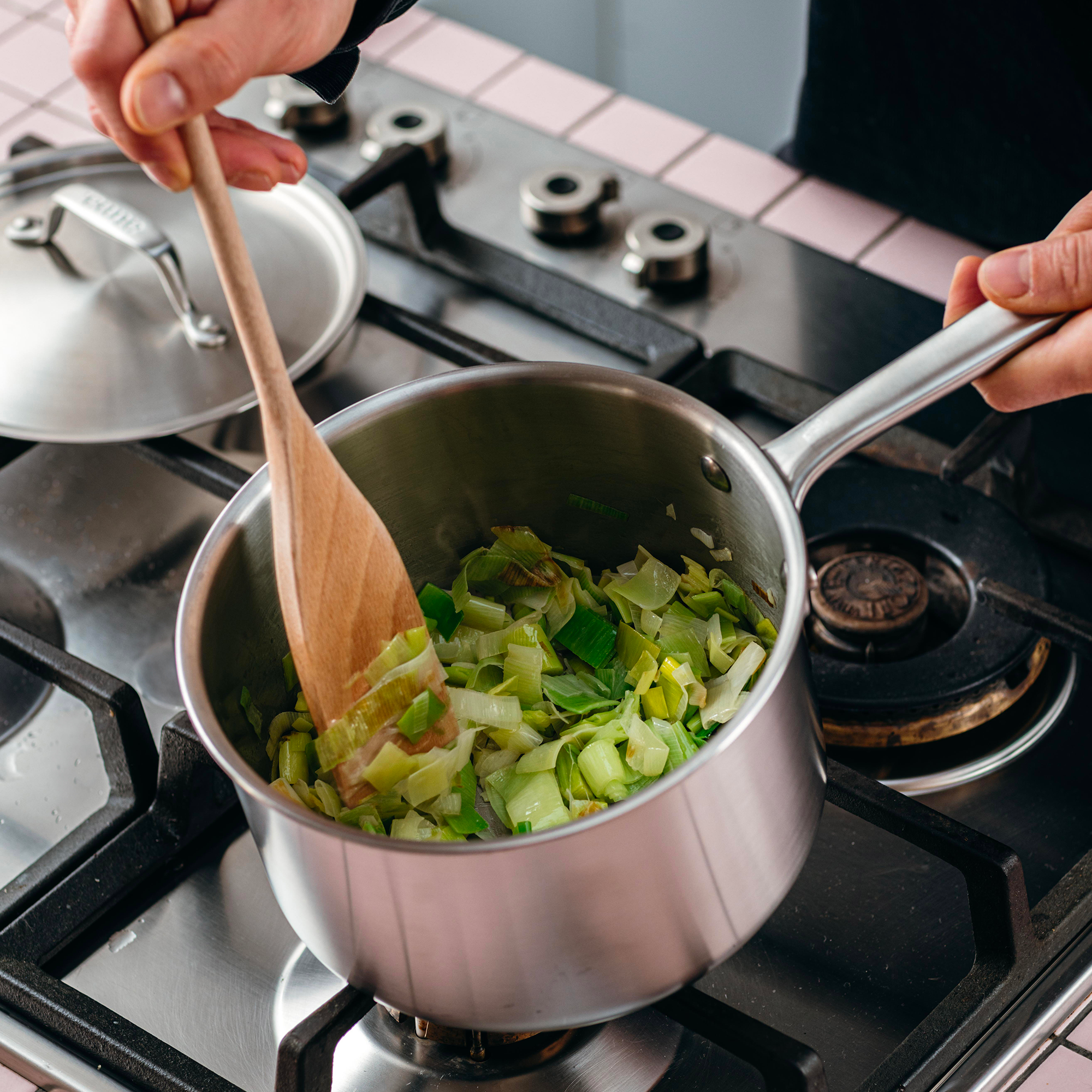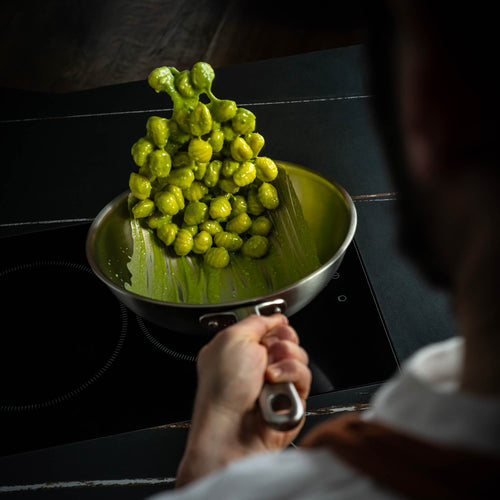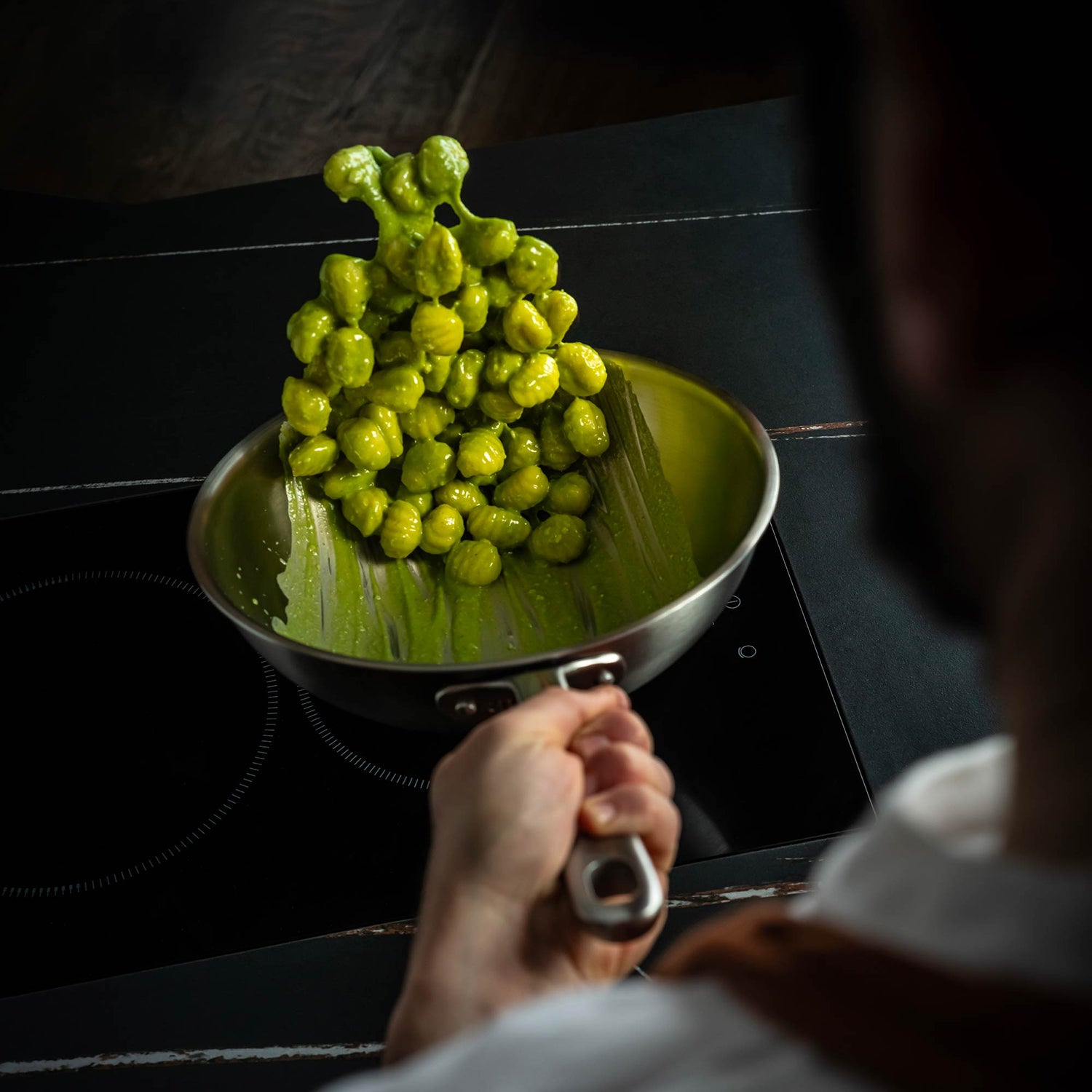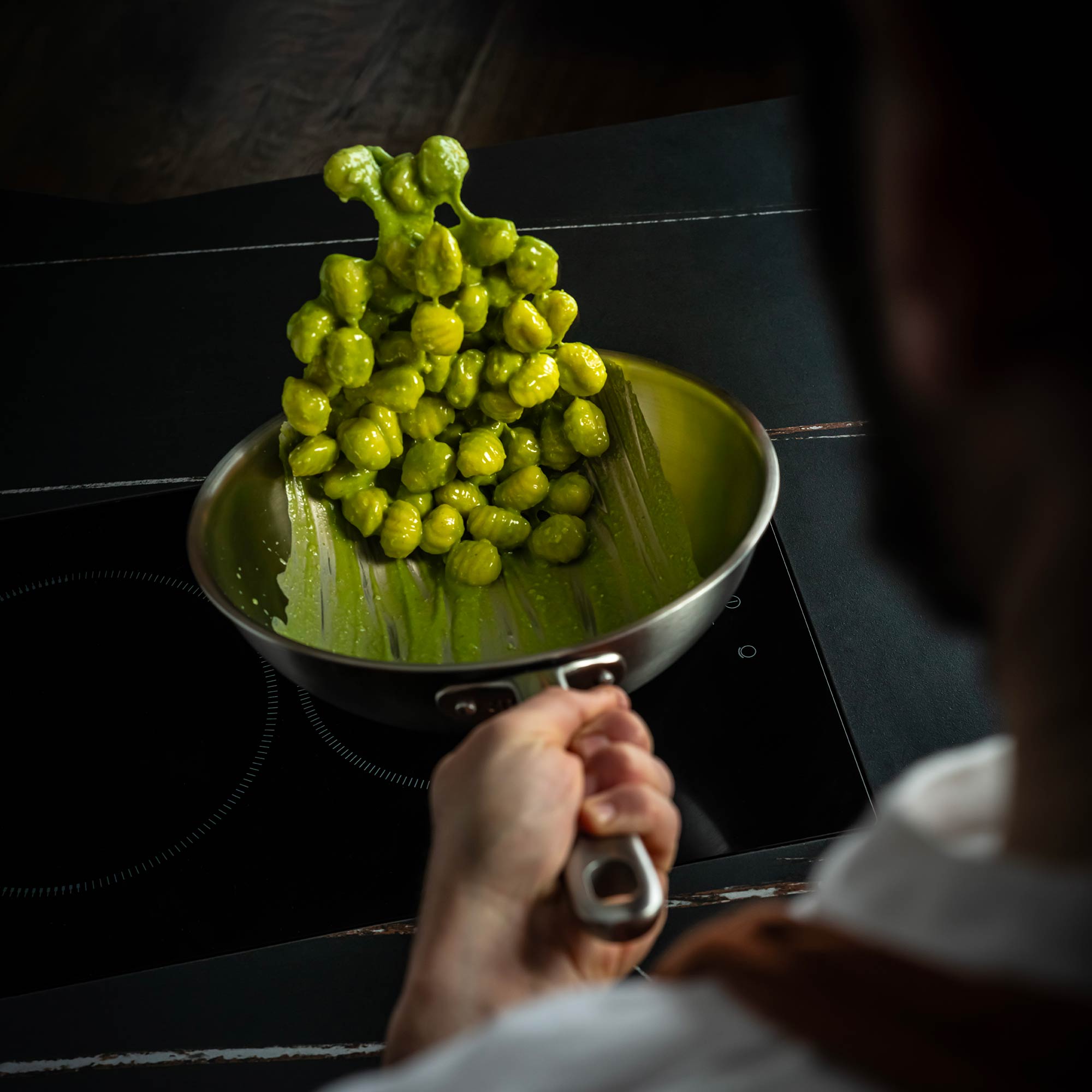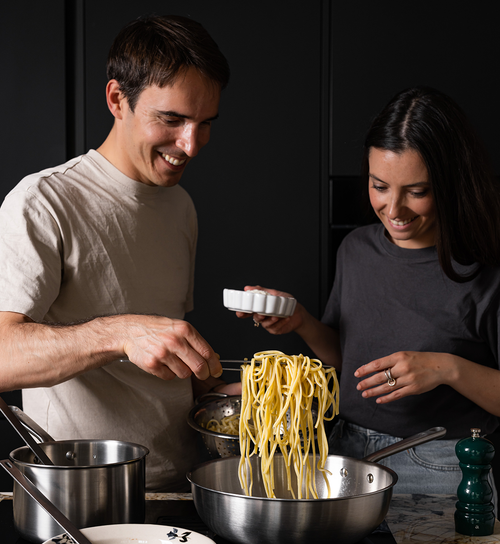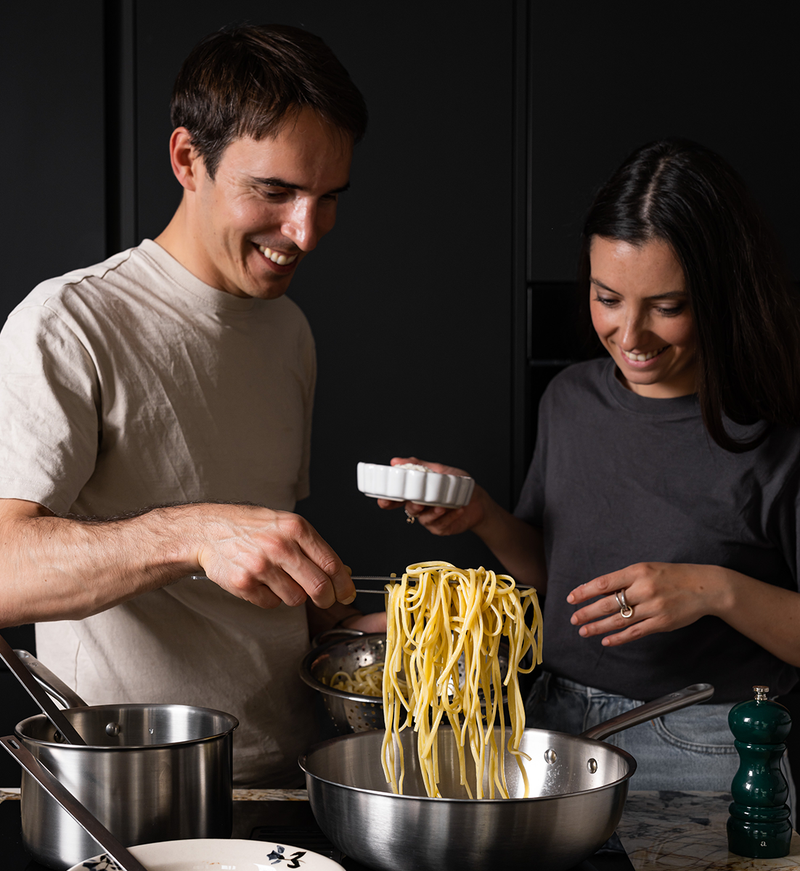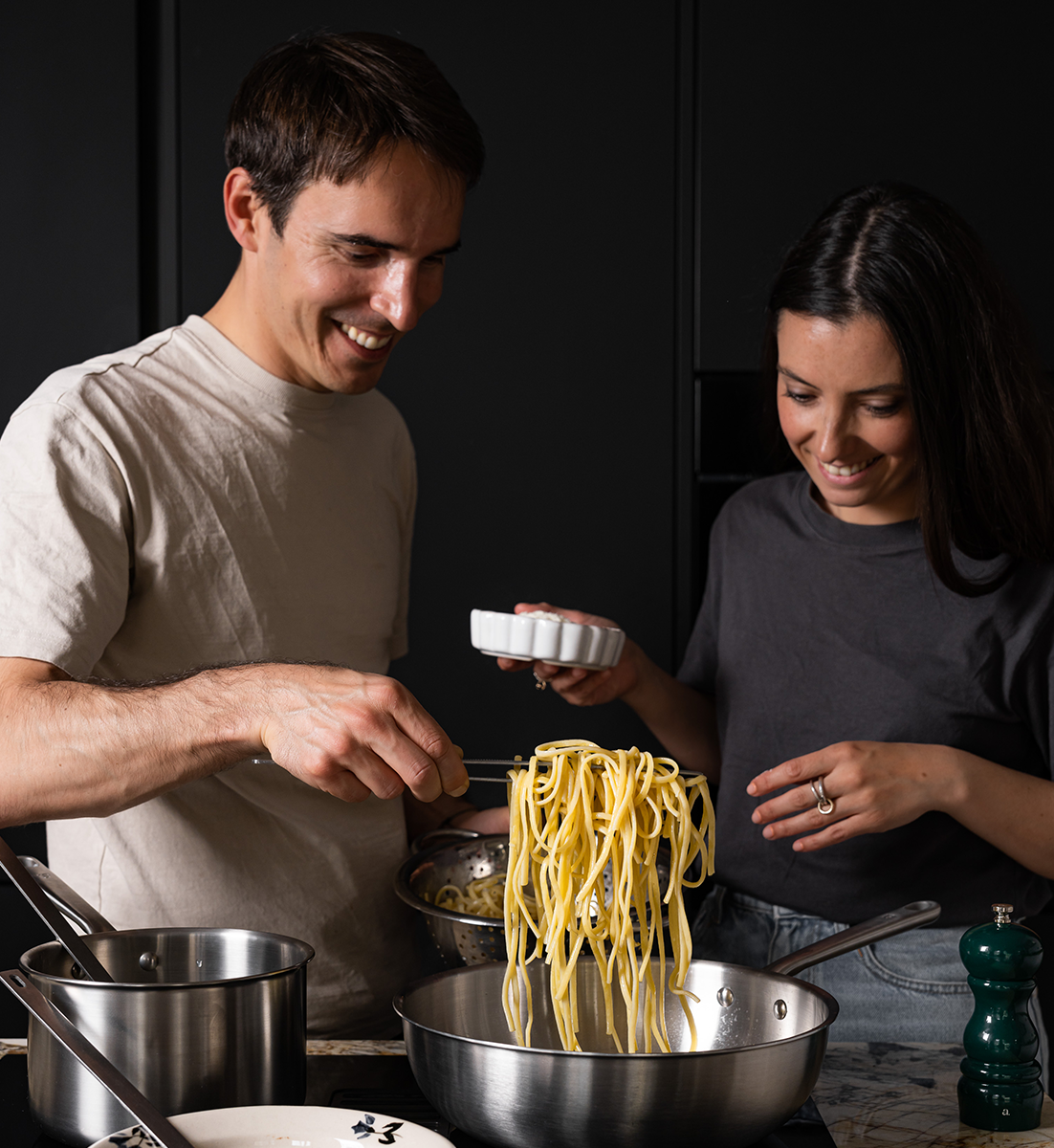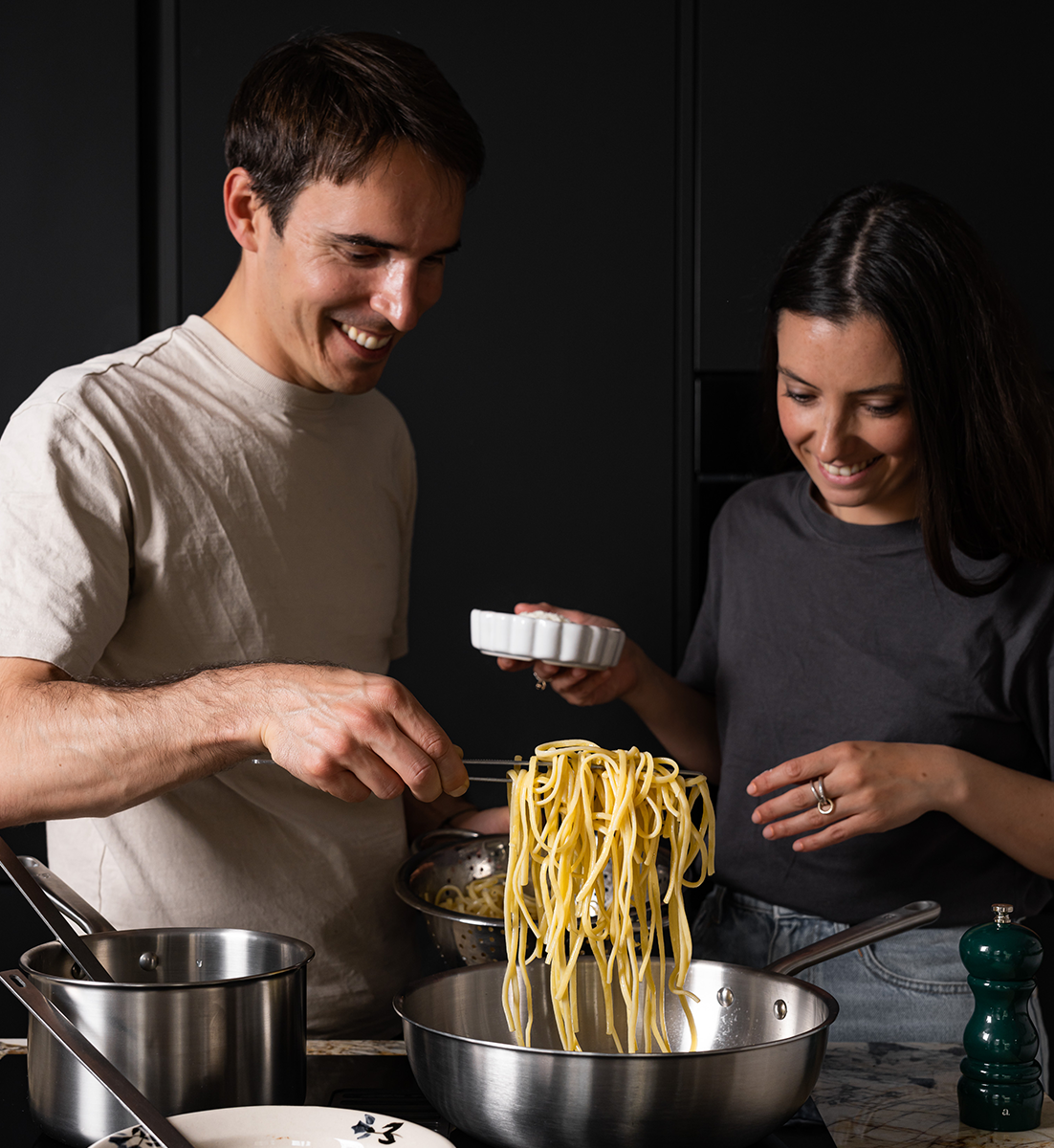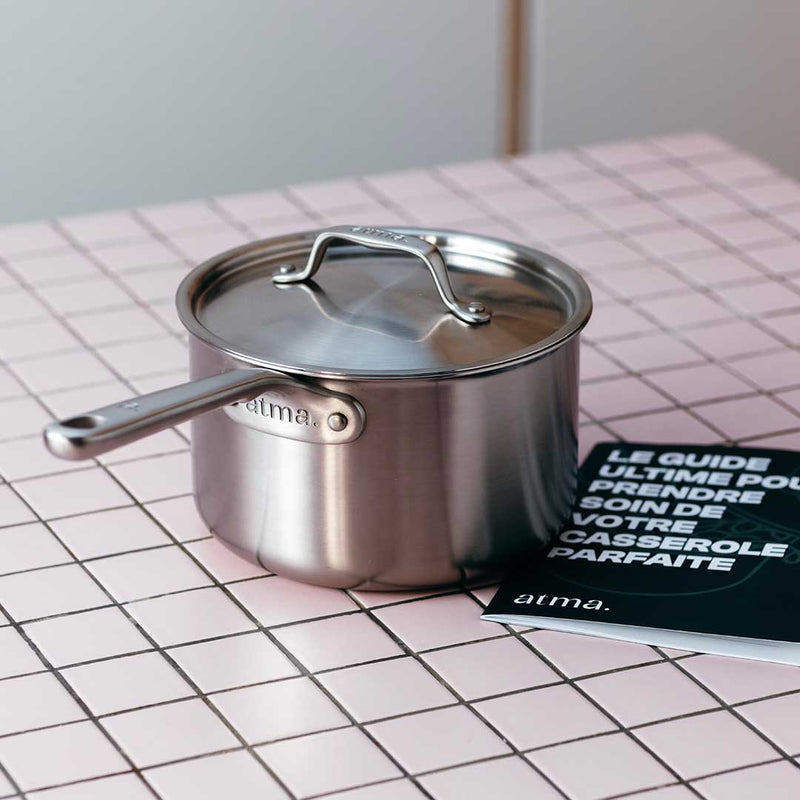How do I know if a pan is induction compatible?

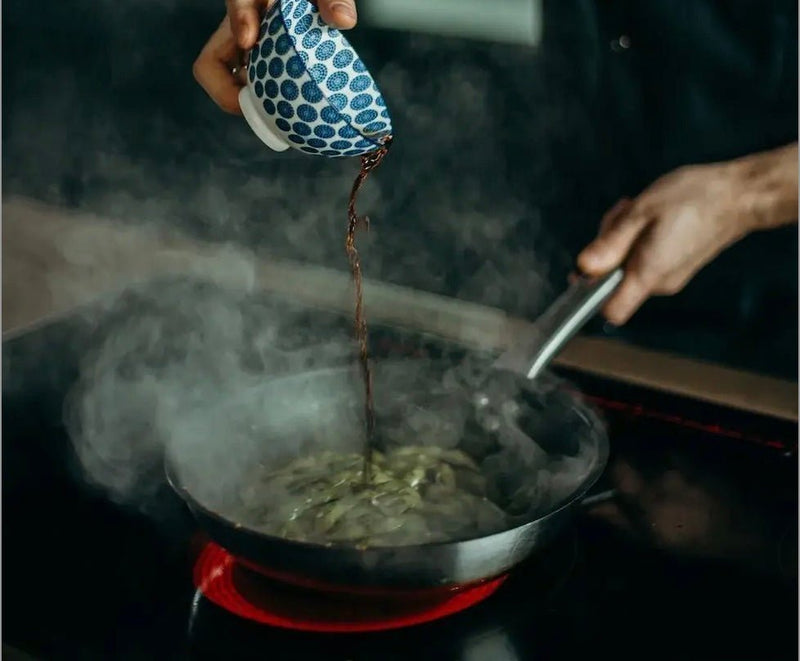

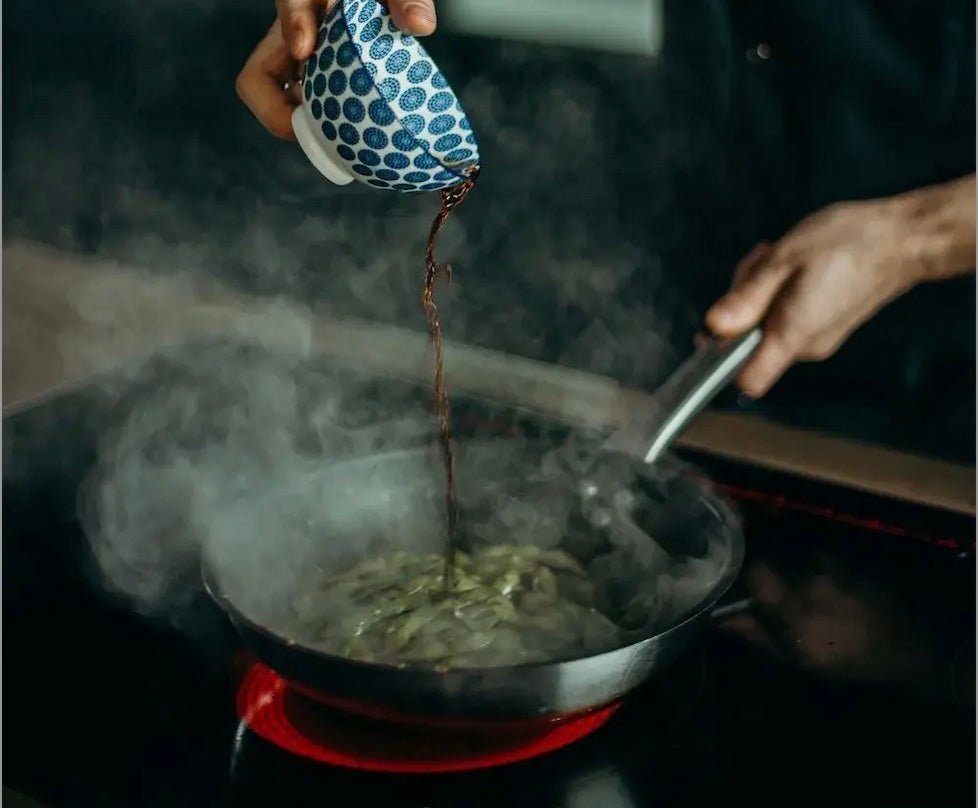




First of all, congratulations on your choice of induction. Even though we at Atma are gas lovers, we have to admit that induction is pretty formidable! Induction cooktops are easier to clean and heat up faster than ceramic hobs.
The only slight drawback is that induction cooktops require compatible cookware to function properly. Induction cooktops produce heat by generating a magnetic field.
But how does induction actually work?
To put it simply, imagine you have a magnet and you place it near a piece of metal. The metal will start to move, attracted by the magnet. This is called magnetic induction.
Basically, an induction hob works the same way. Beneath the surface of the hob, there's an electric coil that creates a magnetic field. When you place a compatible pot or pan on the hob, the magnetic field induces an electric current inside the utensil. This electric current heats the pan or pot, and the heat is then transferred to the food.
This is why induction cooktops are so efficient: they heat the food directly, without needing to heat the cooktop itself.
What are the best materials for induction cooking?
- The most common materials:
A word of caution: non-induction cookware could melt or warp if used on induction, so check carefully before you start.
To ensure they are compatible with your induction cooktop, your Utensils should be made of iron, magnetic stainless steel, or cast aluminum with a magnetic coating. Conversely, utensils made of aluminum, copper, or terracotta are not compatible. Induction-compatible utensils must be in good condition, free of rust or corrosion. These stains can impair heat conduction and therefore cooking.
This may come as no surprise, but we recommend using a stainless steel pan. Stainless steel meets all the criteria for a good cooking partner, as it is not only induction-compatible, but also durable, easy to clean, and corrosion-resistant.
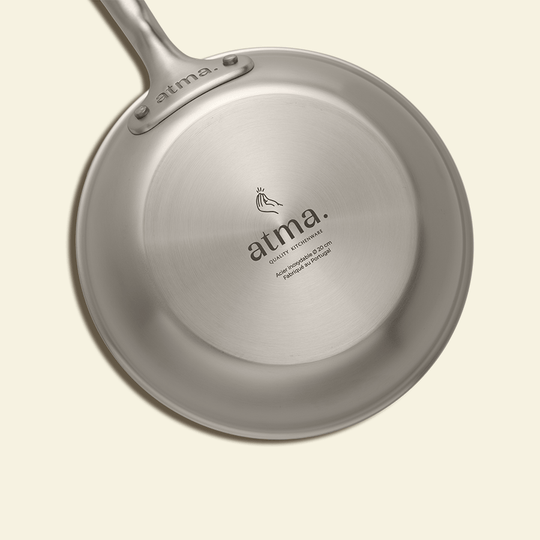
We also invite you to visit Discover our stainless steel pan set! At Atma, we favor 3-ply stainless steel technology in all our cookware, especially with our famous Great Pan. All our cookware works perfectly with induction hobs! Indeed, the outer layer of our 3-ply stainless steelis a layer of ferritic stainless steel that is magnetic, ensuring perfect compatibility with induction cooktops.
When you choose magnetic stainless steel utensils, you are choosing quality and performance. If you're interested in our stainless steel pan, you can read our article on the advantages of cooking with stainless steel pans.
Compatibility criteria for induction pans:
For proper operation, the cookware must match the size of the induction hob, with a tolerance of plus or minus 2.5 cm. The circle printed on your induction hob indicates the minimum size of the pan to use.
Examples of compatible diameters:
- If the ring has a diameter of 21 cm, the container must have a minimum diameter of 18 cm.
- If the ring has a diameter of 18 cm, the container must have a minimum diameter of 15.5 cm.
- If the ring has a diameter of 14.5 cm, the container must have a minimum diameter of 12 cm.
Of course, it's understandable that you might have a pan or saucepan that extends beyond the intended area of the ring. In such situations, uneven heating may occur. This is because the parts outside the cooking zone may not receive sufficient heat, which can lead to uneven cooking of the food in the utensil. This can give the impression that the appliance isn't heating optimally.
To avoid unpleasant surprises, we recommend choosing an induction hob with a flexible zone.

How do you know if your pan is compatible and which pans are best?
- The magnet test:
You can do the magnet test, if you have one, of course. You can place it against the bottom of your pan. If the magnet sticks to the bottom of the pan, it's compatible with induction cooktops.
- The induction symbol:
Another, simpler solution is to check the symbol. If your utensil has the symbol in this photo, then it's compatible with induction cooktops.
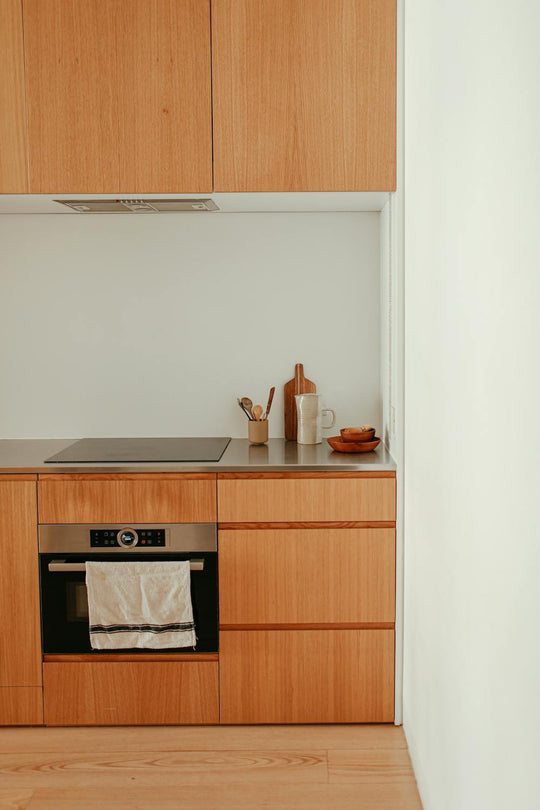
How to test the compatibility of a pan without a magnet or symbol?
If you don't have a magnet or if your pan doesn't have an induction symbol, you can still perform a few tests to check its compatibility with induction.
- The hob test:
You can place your pan on the induction hob and turn it on at medium power. If the pan heats up quickly, it is compatible. If it stays cold, it is not.
- The water test:
You can also pour cold water into the pan and place it on the induction hob. If the water starts to heat up quickly, the pan is compatible. If it stays cold, it is not.
Another simpler tip: you can simply place your pan on the hob. If it doesn't turn on and displays a "U" instead, it doesn't recognize it and is therefore unsuitable.
The temporary solution for using your old pan:
Well, we're not done giving you tips yet! In fact, there's also a temporary solution: an induction adapter.
What is an induction adapter?
The adapter is a metal disc with a handle. It is placed under the pan to create a magnetic field and will transfer heat to your pan or skillet.
It comes in several sizes to fit all types of pots and pans.
Disadvantages of the induction adapter:
- The adapter acts as an intermediary between the hob and the utensil, which leads to heat loss.
- It is important to choose the right size adapter. An adapter that is too large can cause your induction hob to turn black.
This is why the relay disc should remain a temporary solution while you wait to replace your cookware.
PS: The advice in this article applies to all cookware, whether it's frying pans,sauteuses, pressure cookers, orsaucepanscompatible pots ;)
Discover our best sellers
By Romain De Bona








